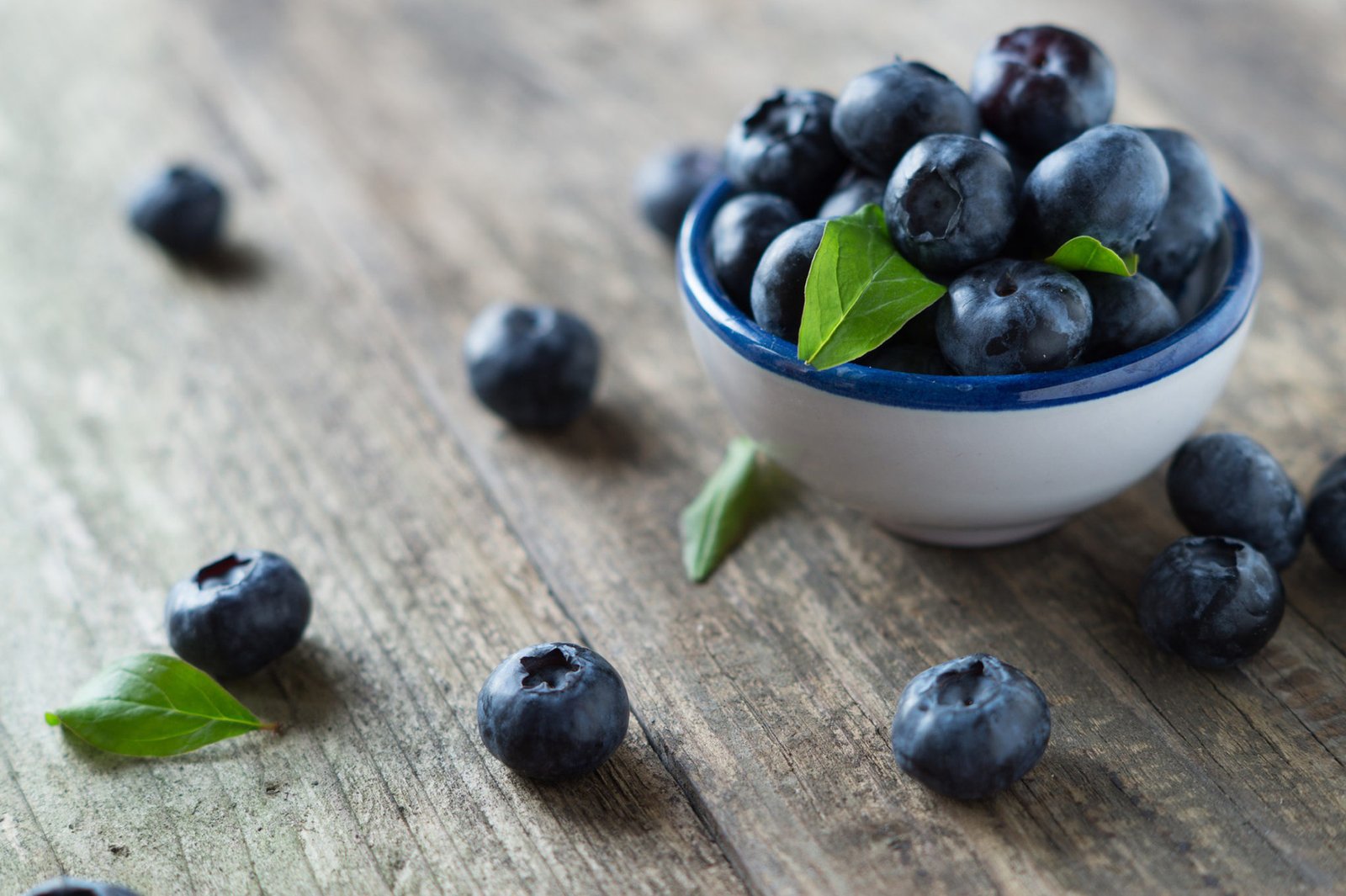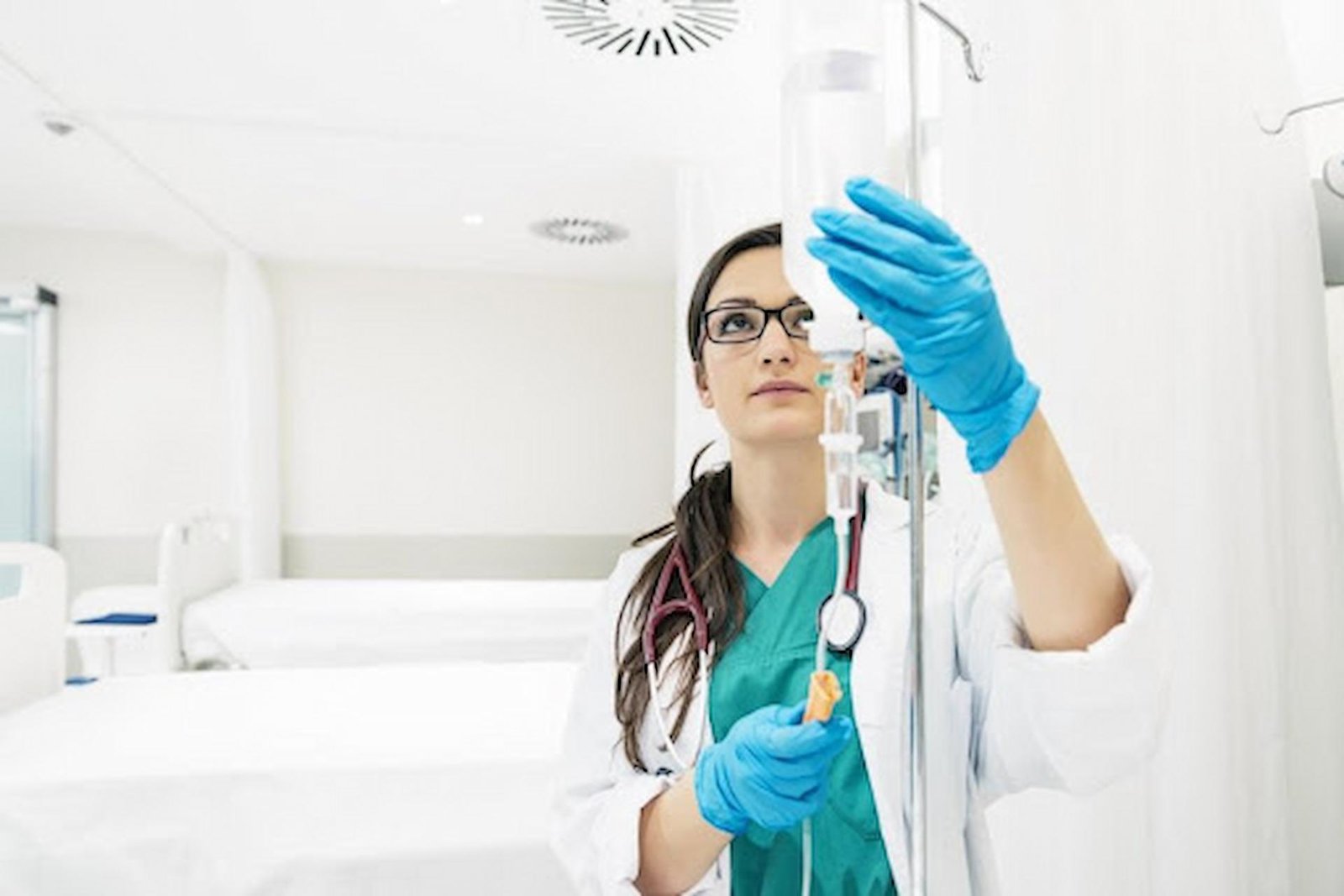Free radicals
The antioxidants have much to do with preventing cell damage, leading to cancer, aging, and various diseases. The scientific community has recently begun to unravel some mysteries surrounding this issue.
Among athletes, this topic’s knowledge is also causing a lot of interest due to the concerns of athletes for their health and more excellent performance in their sports field. Let’s see what role antioxidants play in the health of the human body and exercise.
What are the free radicals?
They are atoms of an odd number of electrons and approach a stable molecule to “steal” an electron from it, and thus, it becomes a free radical.
When these free radicals are formed, a chain reaction begins; the main danger is that they damage when they interact with DNA or the cell membrane. If this happens, the cells start to malfunction or, in the worst case, die.
What are antioxidants?
By interacting with free radicals, they are molecules that put an end to the chain of damage that free radicals produce to vital molecules.
Our body has its systems to eliminate free radicals (enzymatic method). The main antioxidant micronutrients (vitamins) are Vitamin E, Beta-carotene, Vitamin C, and Selenium. The body cannot create these micronutrients, so they must be absorbed through the diet. The natural antioxidants are:
Vitamin E:
It is a fat solvent vitamin and is found in nuts, seeds, vegetables, fish oil, and whole grains such as wheat germ, fortified cereals, and apricots. The recommended daily allowance is 15 IU (International Units) per day for men and 12 IU per day. This vitamin acts against free radicals by “giving up” one of its free electrons, thus preventing the free radical electron from “stealing other healthy molecules. With Vitamin E, we are protecting ourselves from heart disease (cardiovascular) through the defense with LDL oxidation and plaque formation that clogs the arteries.
Vitamin C:
Ascorbic acid is a dissolvable water vitamin and is the most abundant antioxidant in the human body. This antioxidant acts in cases where we are exposed to pollution or tobacco smoke. It is found in citrus fruits and juices, green bell peppers, cabbage, spinach, broccoli, kale, cantaloupe, kiwi, and strawberries. The recommended daily dose is 60 mg per day. High intake of Vitamin C is associated with low rates of, especially mouth and esophageal cancer.
Beta-carotene:
It is a precursor of vitamin A and is found in liver, egg yolk, milk, butter, spinach, carrots, pumpkin, broccoli, tomato, melon, peaches, and grains. Vitamin A does not have antioxidant properties and can be very toxic when taken in excess.
Lycopene:
Have antioxidant properties. They have been found to protect against prostate cancer. You can find an excellent lycopene source in tomatoes, especially lycopene in cooked tomatoes, tomato juice, and tomato sauce, as it has more lycopene content than raw tomatoes.
- Selenium.
- Flavonoids.
- Omega 3 and Omega 6 fatty acids.
How do free radicals work?
To understand how free radicals work, it is essential first to know how molecules work:
The human body is produced up of cells, and these, in turn, are made up of molecules. Molecules are also made up of atoms, which are made up of nucleus, neutrons, protons, and electrons.
The number of positively charged protons dictates the number of negatively charged electrons.
Electrons orbit around the atom causing chemical reactions and bringing scraps together to form molecules. They travel around the bit in layers. The inner shell is considered complete when it has two electrons. When it exceeds the two electrons, those that “remain” begin to fill the next layer and the next, until reaching the outer layer.
Atoms try to find stability; that is, they try to maintain the number of electrons, losing them, gaining them, or joining with other particles, sharing electrons.
When these atoms come together, a molecule is formed, and all the electrons pair up. It’s hard to see a lone electron, but when it happens, that’s when free radicals form.
These desperate and unstable free radicals will do whatever it takes to capture an electron to stabilize them, so they won’t hesitate to “attack” nearby cells and steal an electron from them.
The molecule that has undergone this “theft” will, in turn, become a free radical and will have to stabilize itself by looking for other cells to “steal” an electron from and so on. A domino effect begins, and the living cell can be damaged.
All people have free radicals in our body, some are part of our metabolism, and some are used as a defense system in our immune system. Some external elements can also create free radicals in our body, such as pollution, pesticides, or tobacco smoke, and this is when antioxidants become an essential part.
A person who has many antioxidants in his body. These are released generally without causing any harm. Still, when it is the opposite, and the person has few antioxidants, they can cause health damage: viruses, infections, and diseases.
How do antioxidants work against free radicals?
Antioxidants travel throughout the body, searching for free radicals.
When they find them, they “donate” their electrons and stop the need to attack them and avoid cell damage. Also treat ED problems Super p Force, Fildena 100mg.
When an antioxidant loses an electron, it does not become a free radical because it can remain stable.
What diseases can free radicals cause?
Free radicals can damage certain parts of the cell, such as proteins, DNA, and cell membranes, by stealing electrons through a process called OXIDATION, which is why damage from antioxidants is also called oxidative damage.
When free radicals oxidize essential components of the cell, these components lose their standard functionality and the accumulation of damage can cause the death of the section.
The diseases most commonly caused by free radicals are cancer, cardiovascular diseases, neurological diseases, lung diseases, rheumatoid arthritis, nephropathy, eye diseases, or fetal growth problems.
Tips
It is necessary to follow a steady diet in which vitamins or components that fight antioxidants naturally are not lacking. Do not forget to eat natural foods, vegetables, and some animal protein that contains them.
Avoid factors that “help” with oxidation such as environmental pollution, smoking, and other various causes that are not natural and are friends of free radicals.
In general, leading a healthy life both physically and gastronomically is the best way to prevent the effects we have discussed in the article and many others.




